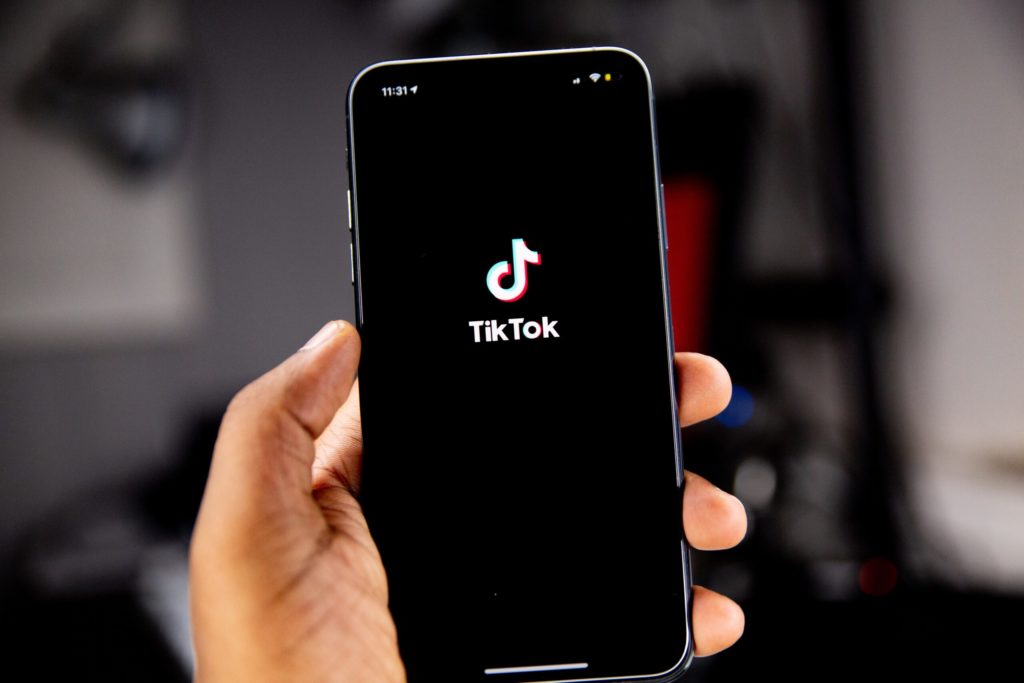By Chrisa Chatzisavva, Paid Social Business Director, Mindshare
Have you spent your 2020 lockdown perfecting The Renegade? The Tap In? Have you after a few beverages been Blinded by the Lights with a flurry of arms and legs flailing? No? Then, you are officially old and clearly haven’t been hanging out on the world’s most trending app– TikTok.
TikTok’s success
In the UK alone, TikTok’s user base increased exponentially from 2m monthly active users in February 2019 to 17.1 million as of April 2020. Not only that, but TikTok fanatics are extremely engaged on the platform. The average time spent on the platform daily is 66 minutes, whilst TikTok users open the app 13 times a day*. That is double and triple the amount of time spent on the platform vs. its competitors. *According to TikTok’s own internal stats.
Its success relies mainly on two elements; its music video DNA and its unique algorithm. TikTok was previously known as musical.ly, which was a music video platform. Though not as big as TikTok, musical.ly had a considerable user base and the nature of the platform’s content, being short and easy to create videos, appealed to the Gen Z attention span, which when it morphed into TikTok has underpinned its success.
In addition, Zhang Yiming, TikTok’s founder, brought with him an immense background in coding expertise for AI, leading to advanced editing and AR features unseen on any other app. TikTok’s algorithm will show content based on the users’ interests rather than popularity, meaning algorithm that rewards content over all else – rather than follower counts.
The opportunity for advertisers
TikTok comes with a plethora of ad products that can either be bought on a self-serve basis or through TikTok’sgrowing advertising teams. Considering the immense platform growth and usage, advertising on TikTok can easily be seen as an opportunity for advertisers to tap into untapped territories and highly engaged audiences. The ad solutions include premium formats such as TopView (nation-wide first exposure), In-feed video (similar to Facebook stories), Hashtag Challenge, Branded Effect and Brand Takeover.
Creativity is encouraged and rewarded on TikTok. Good quality content will be prioritised on its feed and users are encouraged to interact with it. This is why when deciding to advertise on TikTok, the ad content doesn’t just have to be fit-for-platform but it also has to be creatively appealing enough for the target audiences to ‘get hooked’. To really understand the importance of good quality content for this platform, you have to consider how users are behaving and consuming content within TikTok. Videos have to be short in length and ‘to the point’ with often a good sense of humour to match the platform’s mentality.
Advertisers need to bear in mind that just a shorter version of their TVC might not be enough to stand out within this constantly evolving feed with authentic and good quality content, even when it’s UGC.
Brand safety: why this is a big deal
TikTok has featured on several news headlines for not so great reasons too. There is a general nervousness by agencies and advertisers alike around how quickly Tiktok can take down harmful content. In 2019, there was a BBC investigation on the platform that found Tiktok failed to suspend the accounts of people sending sexual messages to children via the video sharing platform. What is more, a study by Intercept also found that: TikTok moderators were told to suppress videos from users who appeared too ugly, poor or disabled, as part of the company’s efforts to curate an aspirational air in the videos it promotes.
All these controversies around Tiktok’s ability to regulate content in an efficient and ethical way have brought about significant uncertainly on whether advertisers should be benefitting from the platform’s offering.
The progress
Since 2019, a lot of steps have been taken towards the right direction. TikTok has worked with large advertising groups and organisations to move towards creating an advertising environment that takes into account the requirements for brand safety.
AI is used alongside with human intervention to regulate content and the platform has deployed 3rd party verification and brand safety measures, whilst also tightening up age gating and ensuring avoidance of advertising to minors.
TikTok has also run into issues in the US, getting caught up in the wider US / China geopolitical situation, leading to the possible sale of its US operations to the unusual combination of Oracle and WalMart.
Despite this, many larger advertisers still consider its brand safety challenges an issue and so for now are not rushing to the platform. These issues are all growing pains for TikTok, which is of course still a very young platform. It will take time and continuous testing for confidence to be built in advertisers. Brands need to weigh the risks vs the benefits of advertising on the platform and make informed decisions…and maybe practice a few dance moves along the way.









